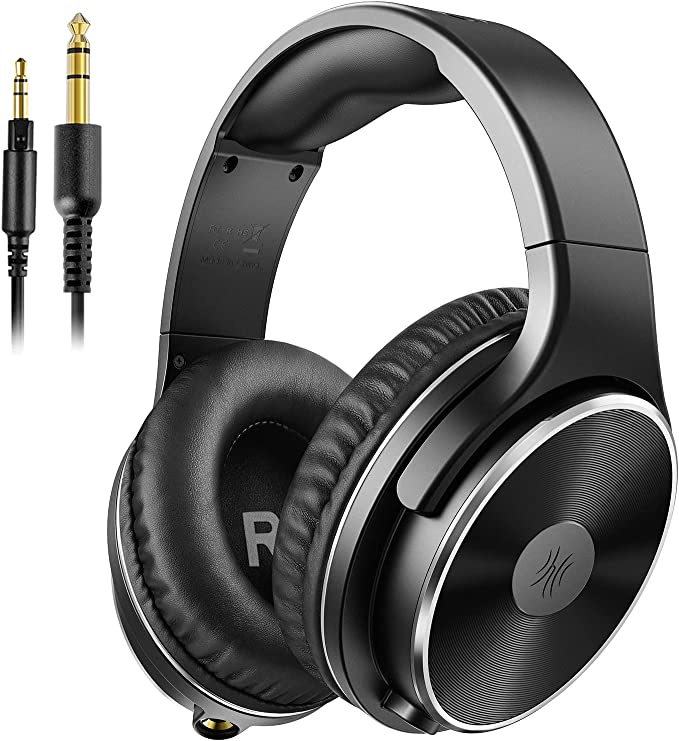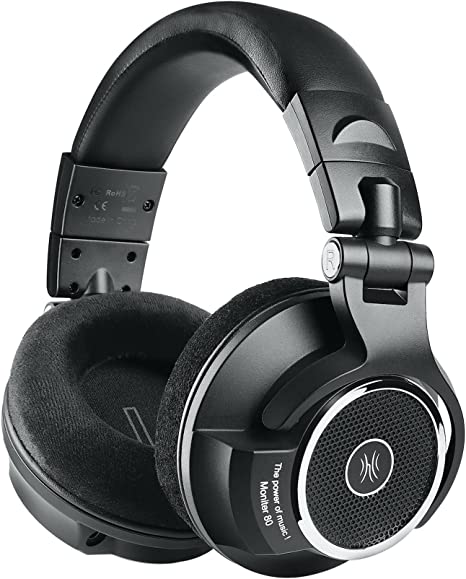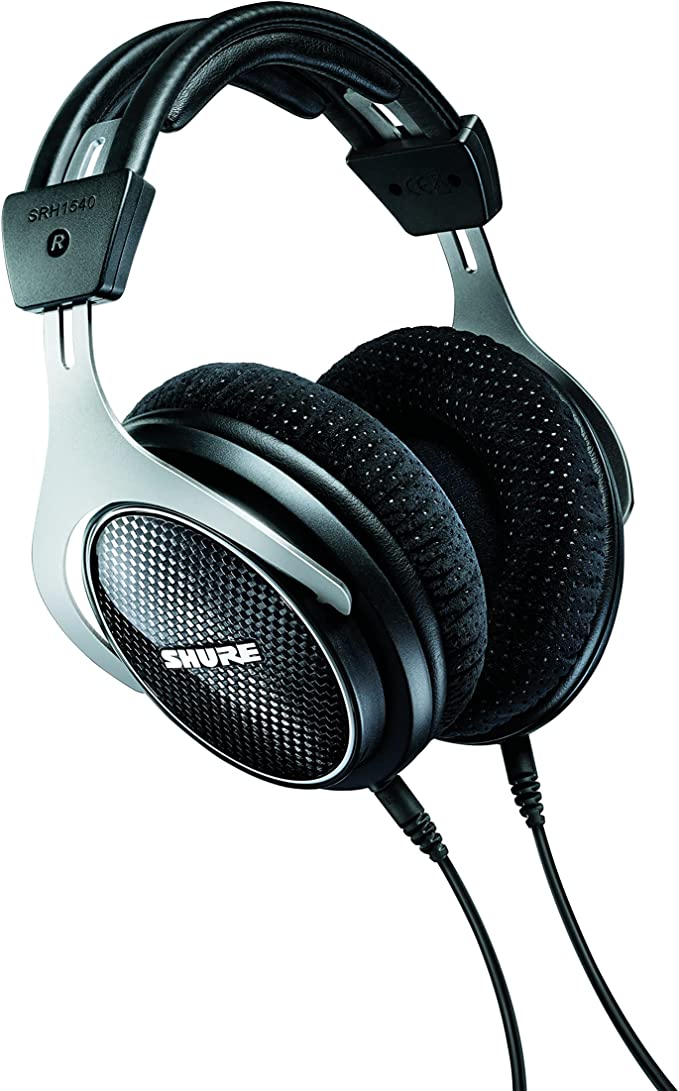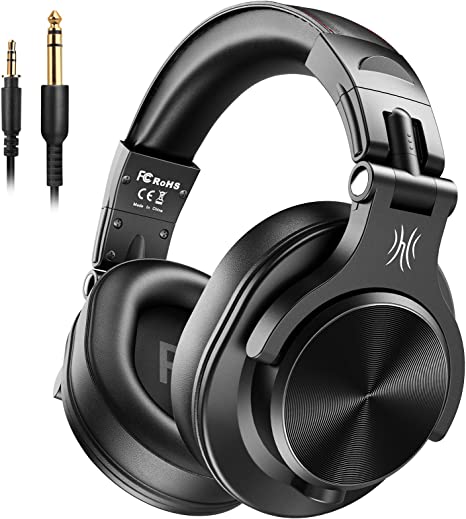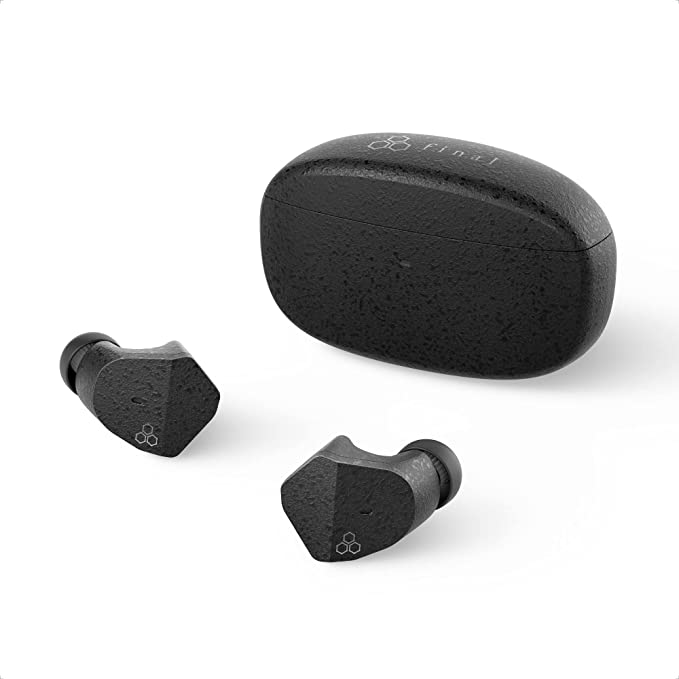Maeline Bulk On-Ear Wired Headphones: A Colorful and Budget-Friendly Option
Update on June 30, 2025, 1:26 p.m.
Every school has one. It’s a closet, a forgotten cabinet, or a large plastic bin. Inside lies a tangled, silent testament to budget cycles and the destructive power of daily use: the headphone graveyard. Here, snapped headbands, dangling earcups, and cords frayed into copper blossoms tell a story of technological failure. For any educator or IT administrator, this is a familiar sight. But amid the wreckage, if you look closely, you might find a survivor. A simple, unassuming pair that, against all odds, still works.
What makes these survivors different? It’s rarely luck. More often, it’s a series of deliberate, almost invisible, engineering choices. The Maeline Bulk On-Ear Headphones, a common sight in classrooms and labs, provide a perfect specimen for autopsy. Let’s place one on the examination table and uncover the hidden genius that allows it to thrive where so many others have perished.

Anatomy of a Survivor: The Science of Withstanding Chaos
Our first observation is the form factor. These are on-ear (supra-aural) headphones, meaning they rest on the ear rather than enveloping it. This isn’t merely a matter of comfort or cost; it’s a crucial acoustic compromise. Think of the foam earpads as a semi-permeable membrane for sound. They are dense enough to create a personal listening bubble, providing a degree of passive noise isolation that helps a student focus on a language lesson or a video tutorial. Yet, they don’t create a total vacuum of silence. A teacher’s raised voice or a fire alarm can still penetrate this bubble. In a learning environment, this balance between focus and situational awareness isn’t just a feature; it’s a fundamental safety and classroom management requirement.
Next, we examine the frame. It’s lightweight plastic, but with two key features engineered for resilience. The headband is adjustable, of course, but the 90-degree swivel cups are the real masterstroke. To a mechanical engineer, this is a beautiful example of stress dissipation. When a rigid object is dropped or twisted, all the force concentrates at its weakest points, leading to a clean snap. But the swivel joint acts like a judo master, yielding to the force rather than resisting it. An impact that would shatter a fixed earcup is instead converted into harmless rotation. It’s a design that bends, so it doesn’t have to break.

The Immortal Connection: A Journey Through an Audio Jack
Now we follow the cord to its source. Here we find the unsung hero of modern audio, the 3.5mm plug. This connector is a direct descendant of the quarter-inch plug used by telephone switchboard operators in the 1870s. Its century-and-a-half lifespan is a stunning testament to a design that is simple, robust, and effective. It’s the cockroach of connectors—it was here long before most other tech, and it will likely be here long after. Its universality means these headphones will work with a 15-year-old desktop PC, a brand-new Chromebook, or a portable CD player without a second thought.
But Maeline’s designers didn’t just choose the right plug; they chose the right shape. The right-angle, or L-shaped, plug is arguably the most important feature of this entire device. A straight plug acts like a lever, concentrating all the stress of pulls and bends right at the delicate point where the cable joins the connector. This repeated strain causes metal fatigue, the number one killer of wired headphones. The L-shaped plug brilliantly sidesteps this. It redirects the cable to lie flat against the device, transforming destructive bending forces into far less harmful rotational torsion. It’s a tiny, ninety-degree bend that can add months or even years to the headphone’s life.
Diving deeper into the electrical properties, we find a specification of 32 Ohms impedance. To simplify a complex topic, think of impedance as the width of a water pipe. Your device’s amplifier is the pump, providing pressure (voltage). If the pipe is too narrow (very high impedance), the pump struggles to push enough water through. If it’s too wide (very low impedance), the pump might be overwhelmed. 32 Ohms is the industry’s “sweet spot” for portable devices. It’s a universal handshake, ensuring that almost any low-power device can provide enough energy to produce clear, audible sound without needing a specialized, powerful amplifier.
The Genius of Subtraction: Doing More by Designing Less
Perhaps the most profound design choice is not what’s present, but what’s absent. There is no microphone. There are no volume controls on the cord. There is no Bluetooth pairing button. In the world of consumer electronics, this would be seen as a crippling lack of features. But in the context of a school, it’s the genius of subtraction.
Every additional feature—a button, a microphone, a wireless chip—is another potential point of failure. Buttons get jammed with grime. Wires for the microphone add complexity and fragility to the cable. Wireless components require batteries, charging, and complex troubleshooting. By removing everything that is not essential to the core function of listening, the designers have eliminated the most common sources of malfunction. This isn’t just cost-cutting; it’s a rigorous application of the engineering principle that the most reliable system is often the simplest one. It’s a design built for resilience, not for a feature checklist.

The Elegance of ‘Good Enough’
After our examination, it’s clear the Maeline headphone is not the “best” headphone in the world. Its sound quality won’t satisfy an audiophile. Its materials aren’t luxurious. But it is something far more rare and impressive: it is perfectly, elegantly sufficient. It is a masterclass in understanding a problem—the brutal environment of a classroom—and solving it with a series of thoughtful, robust, and unglamorous choices.
It reminds us that true innovation isn’t always about adding more. Sometimes, it’s about the wisdom to take things away. It’s about building a tool that is not just cheap, but valuable; not just simple, but reliable. In the quiet hum of a library or the focused buzz of a computer lab, this unsung hero does its job, day after day, a silent testament to the enduring power of purposeful design.








